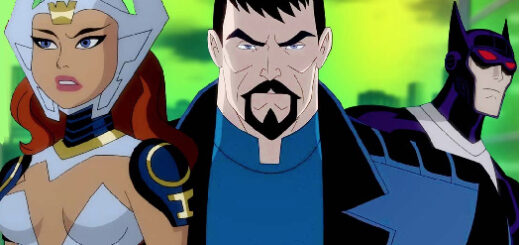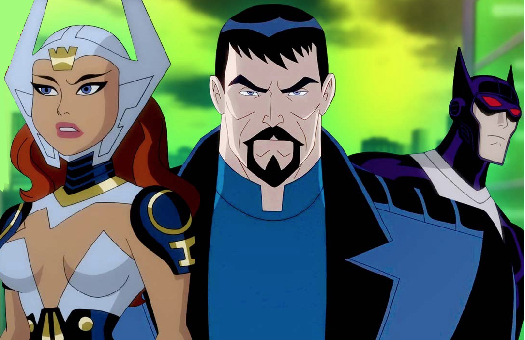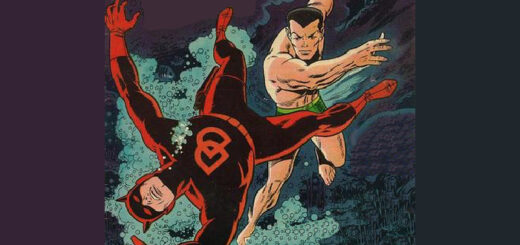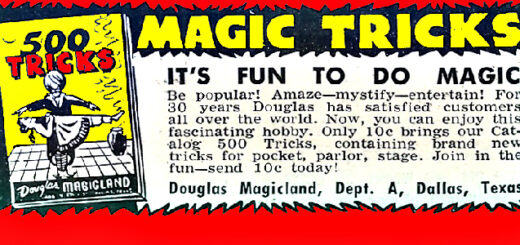Bob Ingersoll: The Law Is A Ass #368
DISMISSING A CASE WITH PREJUDICE IS INJUDICIOUS
First of all, when a lawyer gets a case dismissed with prejudice, that doesn’t mean it’s because the lawyer was the new, reconfigured Atticus Finch.
So what does “dismissed with prejudice” mean then? That’s the question I promised to answer last week, while discussing Daredevil v.4 #15.1, because a judge dismissed a criminal case against Matt Murdock’s client with prejudice. And here I am this week doing what I promised to do last week by answering the question.
Not all lawsuits end in a jury verdict. In fact, to tell the truth, most of them don’t. (Jeez, doing what I promised to do and telling the truth; that’s enough to get me kicked out of my lawyer in good standing status. If I were still a lawyer or ever had a good standing.) Most cases end long before a trial or a jury verdict. Many end with some sort of compromise deal being reached between the two parties. Either a settlement in a civil case or a plea bargain in a criminal case. Others end with one of the sides filing a motion to dismiss the case and the judge granting that motion. Still others end in other ways, but as we’re talking about motions to dismiss today, we won’t bother with those still other ways.
Either side can file a motion to dismiss, the plaintiffs or defendants in civil cases or the prosecutors or defendants in criminal cases. (Please note, in a lawsuit – both civil and criminal lawsuits – the party bringing the suit is the plaintiff. Plaintiffs in criminal cases are usually called prosecutors or the state, but they’re still the plaintiffs. For the sake of convenience, I’m going to use the term “plaintiff” to refer to both civil plaintiffs and prosecutors.) Usually one side files the motion to dismiss because there is a weakness in the plaintiff’s case. Plaintiffs, for example, might file a motion to buy some more time to develop their case. Defendants can file to dismiss, if they feel that the charging papers – either a civil complaint or a criminal indictment – fail to set forth an adequate case to present to a jury.
When a judge is presented with a motion to dismiss, the judge can either grant the motion or deny it. Most judges grant the motion to dismiss, if for no other reason than that it gets the case of the judge’s docket. Do judges like to get cases off their dockets? Does Sonny the Cuckoo Bird like Coco Puffs? If a judge grants the motion to dismiss, the judge can grant it in one of two ways. The judge can grant the motion with pride – judges do almost everything with pride – but either with or without prejudice.
Ah five paragraphs into the column and finally we’re reaching the Clara Peller part. You know, where the beef is.
If a judge grants a motion to dismiss without prejudice , that means that the plaintiff can file the case again in the future. If, however, the judge grants the motion to dismiss with prejudice, that means the plaintiff cannot file the case again. The plaintiff can appeal the judge’s dismissal with prejudice. But absent an appeals court overturning the dismissal with prejudice, the plaintiff is barred from ever filing that case in the future.
Common reasons for dismissing a case with prejudice include fraud on the part of the plaintiffs or the case being barred by the statute of limitations or the case being barred by res judicata because the plaintiffs brought the same matter to trial in an earlier case and lost. There are, of course more reasons. Lots more. (Seriously, you think there’s actually a legal principle that’s so simple it could be answered completely with only three examples? The law is large, it contains multitudes. And that’s just the tax code.)
In the Daredevil story, a murder charge against one Luiz Sifuentes was dismissed with prejudice, meaning the state of New York could not refile the same charges against Mr. Sifuentes in the future. Usually in criminal cases a case is dismissed with prejudice for one of a few reasons. If the defendant was already tried for the same charges and found not guilty, the defendant can’t be tried on those charges a second time because of the Double Jeopardy Clause of the Fifth Amendment. So if the state were to bring the same charges a second time and the trial court dismissed the case because of double jeopardy, that would be a dismissal with prejudice.
Another dismissal with prejudice would be if the state brought charges after the statute of limitations expired. In that case, the state would be barred from ever filing charges again, because of the statute of limitations.
Of if the defendant’s case were dismissed because the state didn’t bring the defendant to trial in compliance with the Speedy Trial clause of the Sixth Amendment that would also be a dismissal with prejudice, because the speedy trial violation would prevent the state from pursuing the charges in the future.
Those are some of the major reasons that a criminal case can be dismissed with prejudice. There are, naturally others. Multitudes, remember?
In the Sifuentes case, Sifuentes was charged with shooting a man to death in Central Park. Daredevil investigated the case and caught the two other people who were actually guilty of the crime. These two confessed to the murder after their fingerprints were found on the bullets in the cylinder of the murder weapon. They also admitted they didn’t know Luiz Sifuentes. So the judge dismissed the case against Sifuentes with prejudice, meaning that the state could never bring these charges against Mr. Sifuentes again.
That’s unlikely. The trial court wouldn’t want to do something which precluded the state from ever filing the charges again. What, for example, would happen if the other two defendants recanted their stories and said Sifuentes was also in on the murder? Or what if the state learned that the other two defendants were friends with Sifuentes and lied about not knowing him to get their friend out of trouble? In either scenario, the state would want to bring murder charges against Sifuentes again, but wouldn’t be able to do so, because the case had been dismissed with prejudice. So it’s not likely that the trial court would have granted Sifuentes’s motion to dismiss with prejudice, as it wouldn’t want to preclude the state from pursuing a case against Sifuentes, should new facts establishing Sifuentes’s actual guilt ever come to light.
What would probably have happened in the Sifuentes case is that the judge would have granted the motion to dismiss, based on the fact that Mr. Sifuentes appeared to be innocent of the charges. But it would have dismissed the case without prejudice. The state of New York would then have to decide whether it wanted to pursue a case against Sifuentes. If it believed that he was actually innocent of the crime, then it wouldn’t file the charges again and the matter would be over. But if, after further investigation, the State felt that Sifuentes was actually involved in the killing, it would file the charges against him a second time.
The trial court wouldn’t want to prejudge the state’s future ability to prosecute Mr. Sifuentes, so it wouldn’t grant a dismissal with prejudice. Oh and one more thing, don’t confuse prejudging with deciding which hybrid car to buy. Prius judging is entirely different.



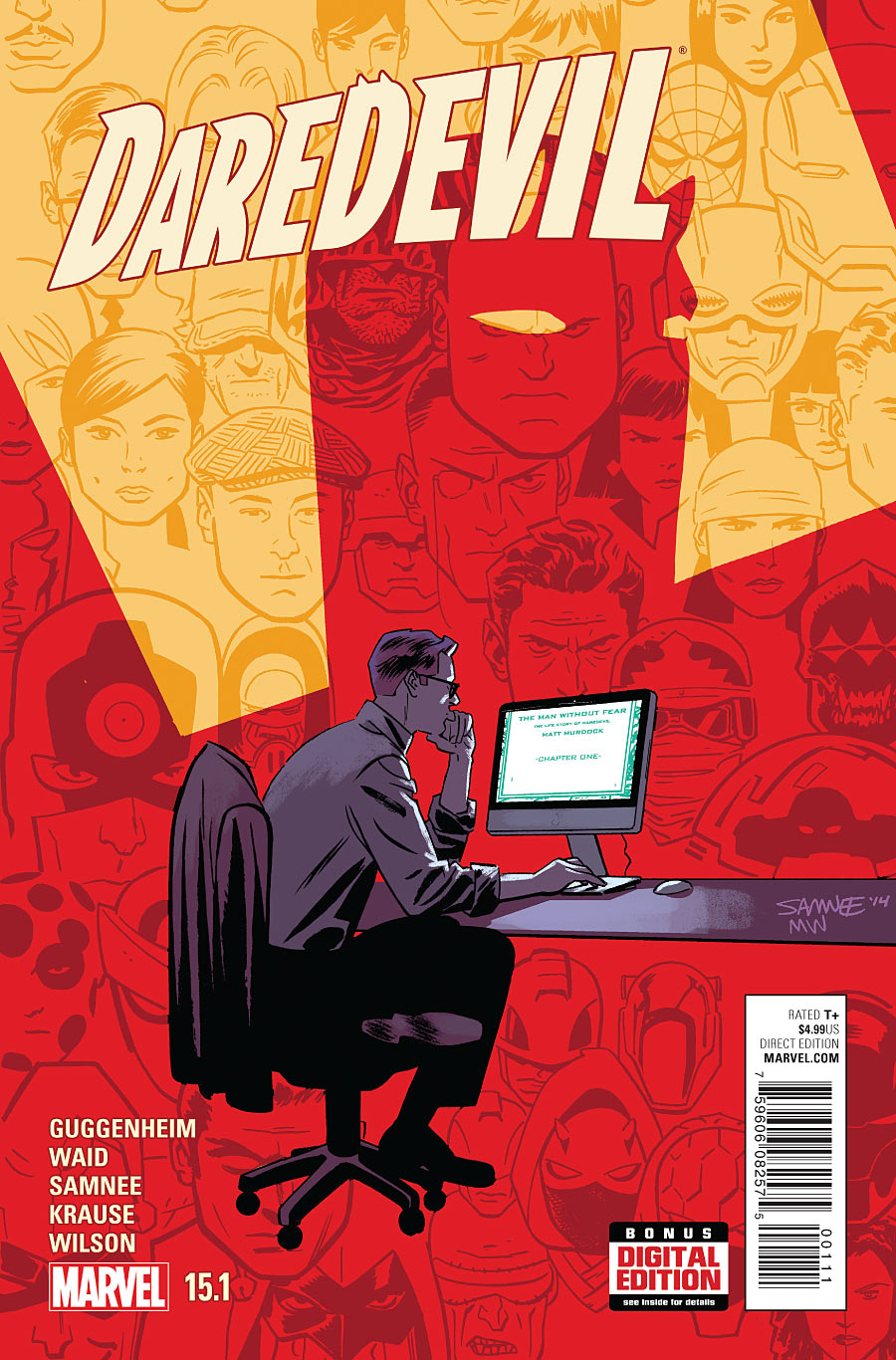 Will the real
Will the real 